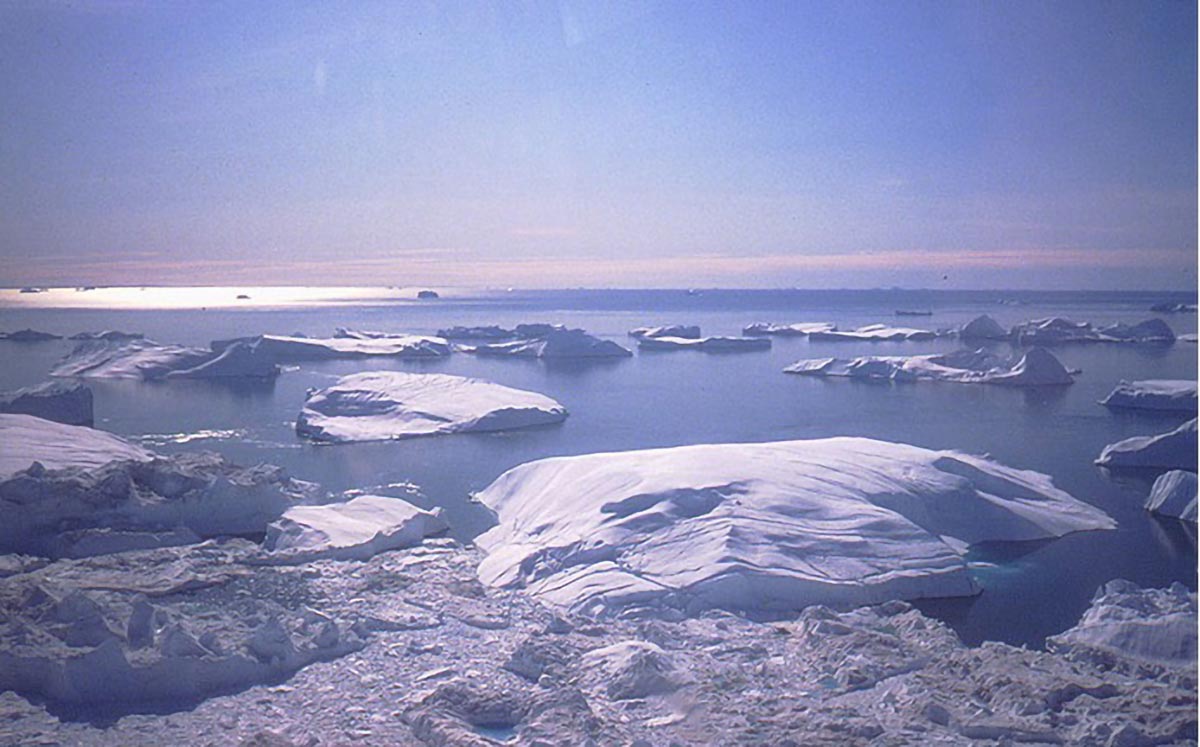Satellites confirm that mid-1990s climate projections of sea-level rise were largely accurate, though ice melt was underestimated.
For more than three decades, satellites have tracked global sea-level change, and a recent analysis shows that projections made in the mid-1990s were strikingly accurate. The findings, published in Earth’s Future, an open-access journal of the American Geophysical Union, come from two researchers at Tulane University.
“The ultimate test of climate projections is to compare them with what has played out since they were made, but this requires patience – it takes decades of observations,” said lead author Torbjörn Törnqvist, Vokes Geology Professor in the Department of Earth and Environmental Sciences.
“We were quite amazed how good those early projections were, especially when you think about how crude the models were back then, compared to what is available now,” Törnqvist said. “For anyone who questions the role of humans in changing our climate, here is some of the best proof that we have understood for decades what is really happening, and that we can make credible projections.”
Co-author Sönke Dangendorf, David and Jane Flowerree Associate Professor in the Department of River-Coastal Science and Engineering, added that while the accuracy of those earlier models is encouraging, the priority today is to refine global data into localized forecasts that can guide planning in vulnerable regions such as south Louisiana.
Regional Variability in Sea-Level Rise
“Sea level doesn’t rise uniformly – it varies widely. Our recent study of this regional variability and the processes behind it relies heavily on data from NASA’s satellite missions and NOAA’s ocean monitoring programs,” he said. “Continuing these efforts is more important than ever, and essential for informed decision-making to benefit the people living along the coast.”
A new era of monitoring global sea-level change took off when satellites were launched in the early 1990s to measure the height of the ocean surface. This showed that the rate of global sea-level rise since that time has averaged about one eighth of an inch per year. Only more recently, it became possible to detect that the rate of global sea-level rise is accelerating.
When NASA researchers demonstrated in October 2024 that the rate has doubled during this 30-year period, the time was right to compare this finding with projections that were made during the mid-1990s, independent of the satellite measurements.
Comparing Projections and Reality
In 1996, the Intergovernmental Panel on Climate Change published an assessment report soon after the satellite-based sea-level measurements had started. It projected that the most likely amount of global sea-level rise over the next 30 years would be almost 8 cm (three inches), remarkably close to the 9 cm that has occurred. But it also underestimated the role of melting ice sheets by more than 2 cm (about one inch).
At the time, little was known about the role of warming ocean waters and how that could destabilize the marine sectors of the Antarctic Ice Sheet from below. Ice flow from the Greenland Ice Sheet into the ocean has also been faster than foreseen.
The past difficulties of predicting the behavior of ice sheets also contain a message for the future. Current projections of future sea-level rise consider the possibility, albeit uncertain and of low likelihood, of catastrophic ice-sheet collapse before the end of this century. Low-lying coastal regions in the United States would be particularly affected if such a collapse occurs in Antarctica.
Reference: “Evaluating IPCC Projections of Global Sea-Level Change From the Pre-Satellite Era” by Torbjörn E. Törnqvist, Clinton P. Conrad, Sönke Dangendorf and Benjamin D. Hamlington, 22 August 2025, Earth’s Future.
DOI: 10.1029/2025EF006533
The paper was co-authored by colleagues from the University of Oslo and NASA’s Jet Propulsion Laboratory at Caltech.
Never miss a breakthrough: Join the SciTechDaily newsletter.
